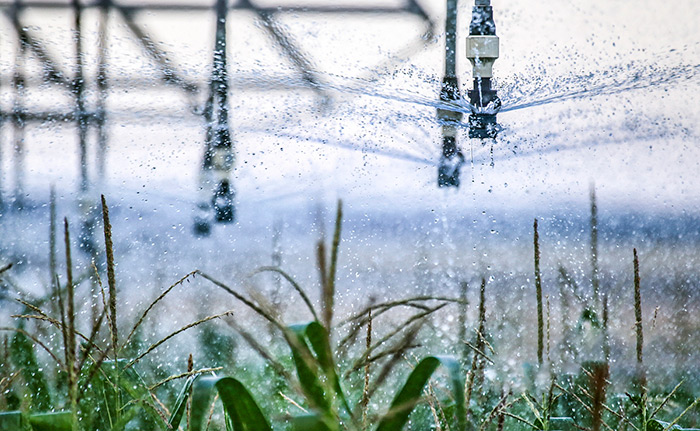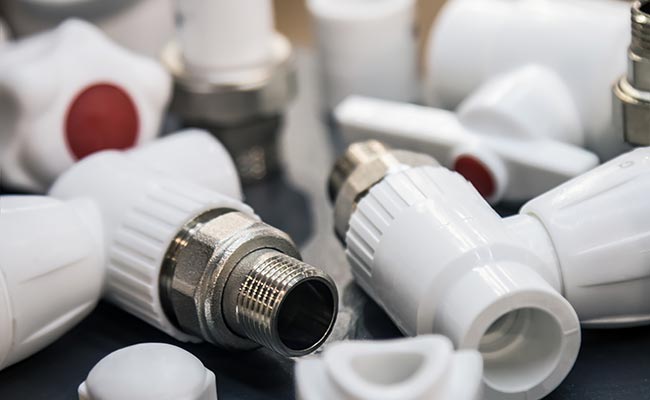Facing a 2-inch PVC connection? The wrong technique can cause frustrating leaks and project failures. Getting the joint right from the start is crucial for a secure, lasting system.
To connect two 2-inch PVC pipes, use a 2-inch PVC coupling. Clean and prime both pipe ends and the inside of the coupling, then apply PVC cement. Firmly push the pipe into the coupling with a quarter turn and hold for 30 seconds.

I remember talking with Budi, the purchasing manager for one of our largest partners in Indonesia. He called me because a new contractor he supplied was having serious issues with
leaky joints on a big irrigation project. The contractor swore he was following the steps, but the connections just wouldn’t hold under pressure. When we walked through his process, we found the missing piece: he wasn’t giving the pipe that final quarter-turn twist as he pushed it into the fitting. It’s such a small detail, but that twist is what ensures the solvent cement spreads evenly, creating a complete, strong weld. It was a great lesson for his team on how crucial proper technique is. Even with the best materials, the “how” is everything.
How to connect two different sizes of PVC?
Need to join a large pipe to a smaller one? The wrong fitting creates a bottleneck or a weak point. Using the correct adapter is essential for a smooth, reliable transition.
To connect different sizes of PVC pipe, you must use a reducer bushing or a reducer coupling. A bushing fits inside a standard coupling, while a reducer coupling directly connects the two different pipe sizes. Both require the standard primer and cement method.
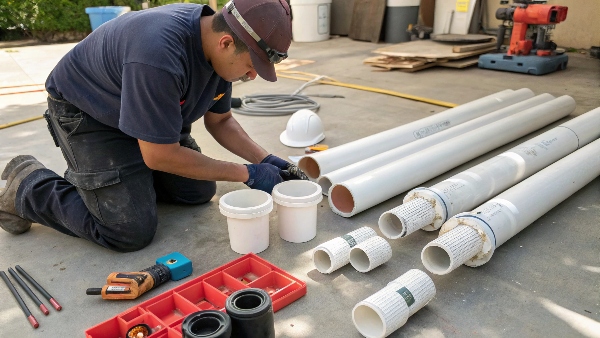
Choosing between a reducer bushing and a reducer coupling depends on your specific situation. A reducer coupling is a single fitting that has a larger opening on one end and a smaller one on the other. It’s a clean, one-piece solution for connecting, say, a 2-inch pipe directly to a 1.5-inch pipe. On the other hand, a reducer bushing is designed to fit inside a larger standard fitting. For example, if you have a 2-inch coupling, you can insert a “2-inch by 1.5-inch” bushing into one end. This turns your standard 2-inch coupling into a reducer. This is very handy if you already have standard fittings on hand and just need to adapt one connection. I always advise Budi to stock both, as contractors appreciate having options on the job site.
Reducer Bushing vs. Reducer Coupling
| Fitting Type | Description | Best Use Case |
|---|---|---|
| Reducer Coupling | A single fitting with two different-sized ends. | When you want a direct, one-piece connection between two pipes. |
| Reducer Bushing | An insert that fits inside a larger standard coupling. | When you need to adapt an existing fitting or prefer a modular approach. |
How to join two PVC?
You have the pipes and fittings, but you’re not confident in the gluing process. A leaky joint can ruin your hard work. Knowing the proper solvent welding technique is non-negotiable.
Joining two PVC pipes involves a chemical process called solvent welding. You need a cleaner/primer to prepare the plastic and PVC cement to melt and fuse the surfaces together. The key steps are: cut, deburr, clean, prime, cement, and connect with a twist.
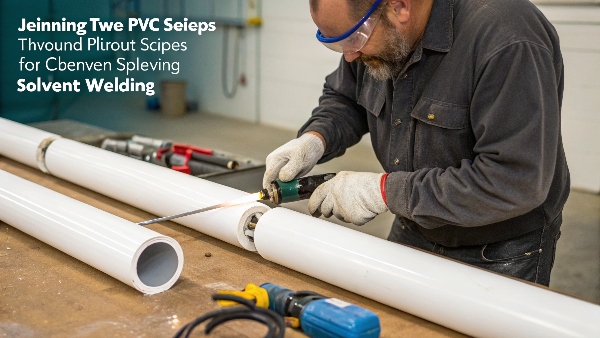
The process of joining PVC is precise, but it’s not difficult. It’s about following every step. First, cut your pipe as squarely as possible using a PVC cutter. A clean cut ensures the pipe bottoms out perfectly inside the fitting. Next, deburr the inside and outside of the cut edge. Any small burrs can scrape away the cement and ruin the seal. After a quick dry fit to check your measurements, it’s time for the critical part. Apply the purple primer to the outside of the pipe and the inside of the fitting. Primer isn’t just a cleaner; it starts to soften the plastic. Don’t skip it. Immediately follow with a thin, even layer of PVC cement on both surfaces. Push the pipe into the fitting with a quarter-turn twist until it stops. Hold it firmly for 30 seconds to prevent the pipe from pushing back out.
Estimated PVC Cement Cure Times
Cure time is essential. Don’t test the joint with pressure until the cement is fully hardened. This time varies with temperature.
| Temperature Range | Initial Set Time (Handle) | Full Cure Time (Pressure) |
|---|---|---|
| 60°F – 100°F (15°C – 38°C) | 10 – 15 minutes | 1 – 2 hours |
| 40°F – 60°F (4°C – 15°C) | 20 – 30 minutes | 4 – 8 hours |
| Below 40°F (4°C) | Use specialized cold-weather cement. | At least 24 hours |
How to connect two pipes of different diameters?
Connecting pipes of different sizes seems tricky. A poor connection can cause leaks or restrict flow. Using the right fitting makes the transition simple, strong, and efficient for any system.
To connect pipes of different diameters, use a specific transition fitting like a reducer coupling. For different materials, like PVC to copper, you need a special adapter, such as a PVC male adapter connected to a female threaded copper fitting.
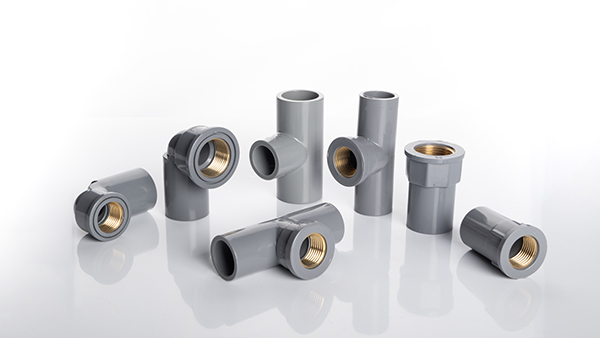
Connecting pipes is all about having the right “bridge” between them. If you’re staying with the same material, like PVC, a reducer coupling is the most direct bridge between two different diameters. But what if you need to connect PVC to a metal pipe? That’s when you need a different kind of bridge:
threaded adapters. You would solvent-weld a PVC adapter with male or female threads onto your PVC pipe. This gives you a threaded end that you can connect to a corresponding metal fitting. It’s the universal language for connecting different pipe materials. The key is to never try to glue PVC directly to metal. It won’t work. The threaded connection is the only secure way. When making these connections, always use PTFE tape (Teflon tape) on the male threads to help seal the joint and prevent leaks.
Common Transition Fitting Solutions
| Connection Type | Fitting Needed | Key Consideration |
|---|---|---|
| PVC to PVC (different size) | Reducer Coupling/Bushing | Use primer and cement for a solvent weld. |
| PVC to Copper/Steel | PVC Male/Female Adapter + Metal Female/Male Adapter | Use PTFE tape on threads. Do not overtighten plastic. |
| PVC to PEX | PVC Male Adapter + PEX Crimp/Clamp Adapter | Ensure the threaded adapters are compatible (NPT standard). |
What size coupling for 2 inch PVC?
You have a 2-inch PVC pipe, but which fitting is the right size? Buying the wrong part wastes time and money. The sizing convention for PVC fittings is simple once you know the rule.
For a 2-inch PVC pipe, you need a 2-inch PVC coupling. PVC fittings are named based on the nominal pipe size they connect to. The pipe’s outer diameter is larger than 2 inches, but you always match the “2 inch” pipe to the “2 inch” fitting.
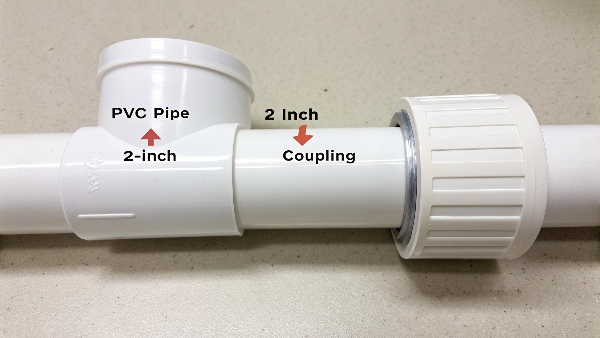
This is one of the most common points of confusion I help Budi’s new salespeople understand. They have customers who measure the outside of their 2-inch pipe, find that it’s nearly 2.4 inches, and then look for a fitting to match that measurement. It’s a logical mistake, but it’s not how PVC sizing works. The “2-inch” label is a trade name, known as the Nominal Pipe Size (NPS). It’s a standard that ensures any manufacturer’s 2-inch pipe will fit any manufacturer’s 2-inch fitting. As a manufacturer, we build our fittings to these precise ASTM standards. This guarantees interoperability and makes things simple for the end-user: just match the nominal size. Don’t bring a ruler to the hardware store; just look for the number printed on the pipe and buy the fitting with the same number.
Nominal Pipe Size vs. Actual Outer Diameter
| Nominal Pipe Size (NPS) | Actual Outer Diameter (Approx.) |
|---|---|
| 1/2 inch | 0.840 inches |
| 1 inch | 1.315 inches |
| 1-1/2 inch | 1.900 inches |
| 2 inch | 2.375 inches |
Conclusion
Connecting 2-inch PVC is easy with a 2-inch coupling and proper solvent welding. For different sizes or materials, always use the correct reducer fitting or adapter for a leak-proof job.
Post time: Jul-07-2025


